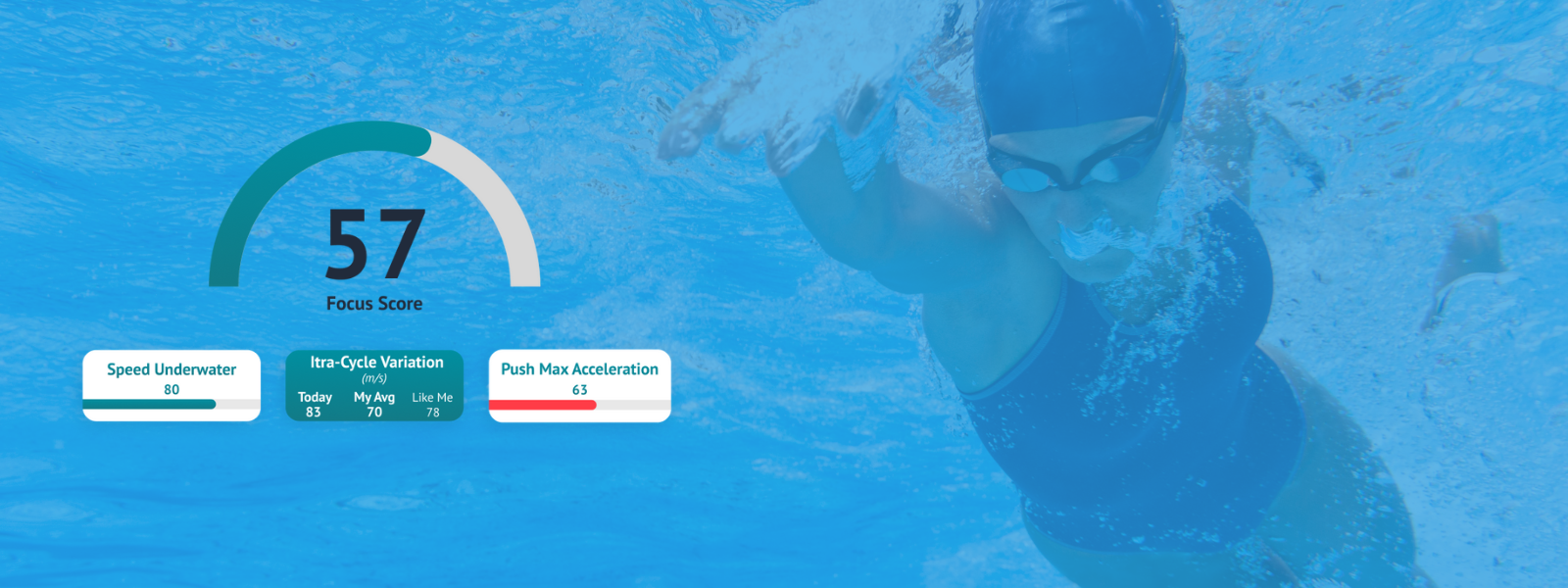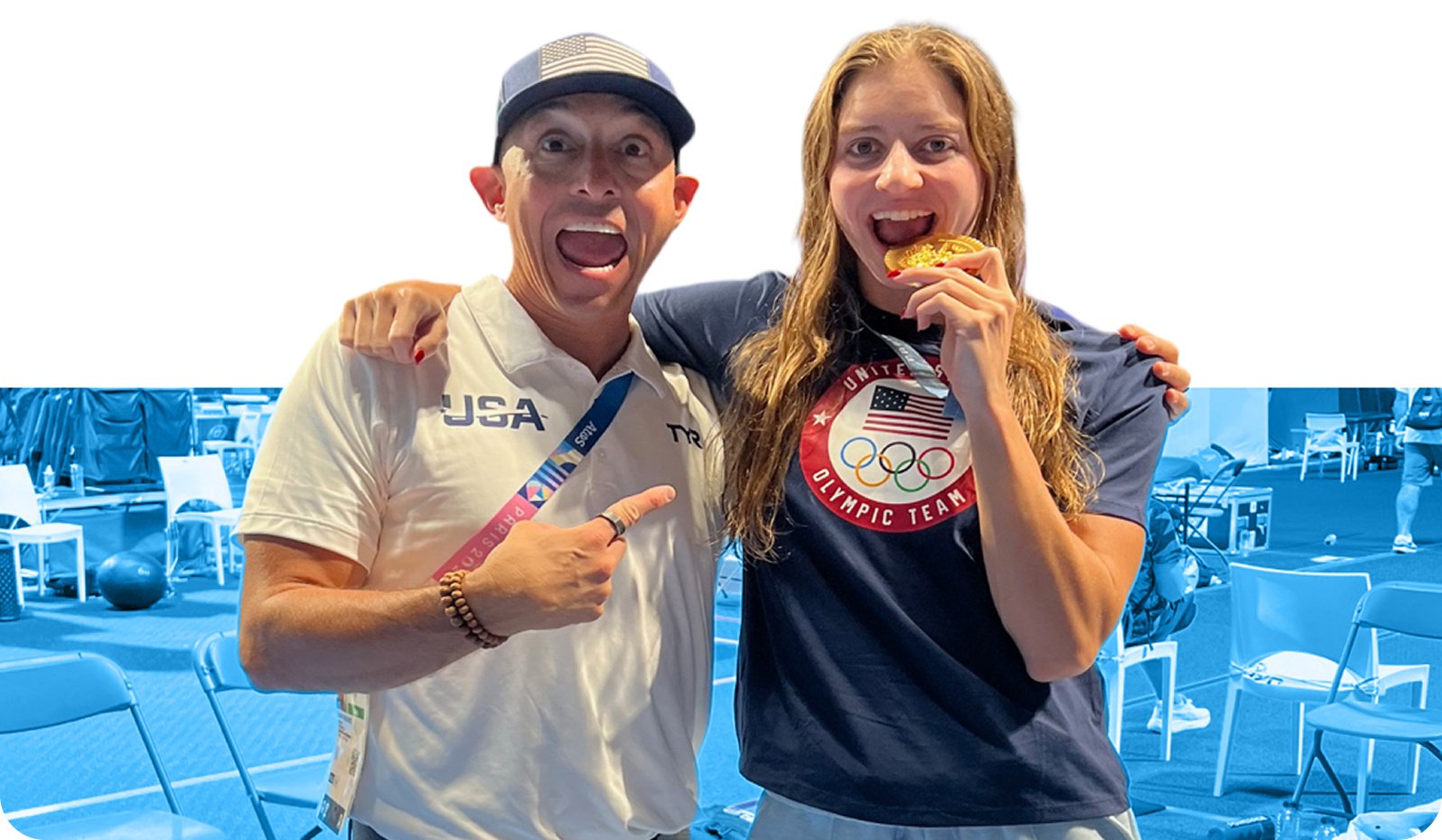Focus Explained
By tracking Focus with TritonWear, you'll know how well you executed your skills and where you need to focus on getting faster. Technical proficiency is a balancing act that shifts every practice, dropping execution in one area to improve in another. The Focus Score ranks the performance of 30+ metrics for every activity. These metrics will show you exactly how your training unfolds every day.

The Focus Score ranges from 0-100.
If your score is hitting 80 or higher, you’re improving your technical skills at an optimal rate. When comparing yourself to others, a score above 80 means your skill execution is better than others your height and speed.
Scores under 70 will require your attention. The further your score is from the 80-100 range, the more you’ll need to shift your attention to improving your technique. After all, in swimming, you are only as good as your technique. In this case, focus recommendations will offer you insights and specific guidance on where to shift your focus.
-png.png?width=400&name=_Score%20Breakdown%20Blog%20(3)-png.png)
What impacts Your Focus Score?
1. Training
The training itself can influence the Focus score. When interpreting metrics, it is essential to consider what the practice objective was. An anaerobic threshold practice may result in sacrificing technique for workout intensity. Stroke may start to break down, resulting in a lower focus score that day. Fluctuations in scores are normal from one workout to the other. The goal is to see a steady improvement long term.
2. Fatigue
Muscle fatigue during swimming causes an increase in Stroke Rate. Fatigue development leads to a drop in generating propulsion with each stroke and increasing SR. Instead of locking stroke execution to swim, you try to power through the hard workout. Furthermore, a reduction in distance per stroke and shoulder rotation may be observed when tired.
3. Breathing
Stroke and breath count are intertwined, both influencing one another. Stroke count directly affects DPS, which affects the stroke index, thereby impacting overall stroke efficiency. Strokes and breaths set the rhythm. Late timing in breathing creates several adverse effects in skill execution. In detail, it can cause a drop in body position, excessive drag, and wasted energy. Breathing in freestyle, for example, controls the body's rotation, allowing a better entry of the hands into the water and thus producing greater propulsion during the swim.
4. Metric tradeoffs
In many ways, swimming faster is a matter of metric tradeoffs. One such tradeoff is time spent underwater and speed. Time spent underwater is highly variable between swimmers’ strokes and distances. Knowing that swimmers can clock some of the fastest underwaters, the goal is to maximize distance and speed off the wall. However, maximizing time underwater doesn’t necessarily result in exerting higher speed.
Measuring time underwater against speed gives a good understanding of a swimmer’s profile. Are you gaining momentum by spending more time underwater, or would you benefit more from an earlier breakout? Some swimmers have stronger underwater dolphin kicks and can use them to gain distance off the walls. In contrast, others don’t carry speed off the wall efficiently and can benefit more from breaking out earlier.
Next learn The 3 phases of swimming.




.png)
.png)